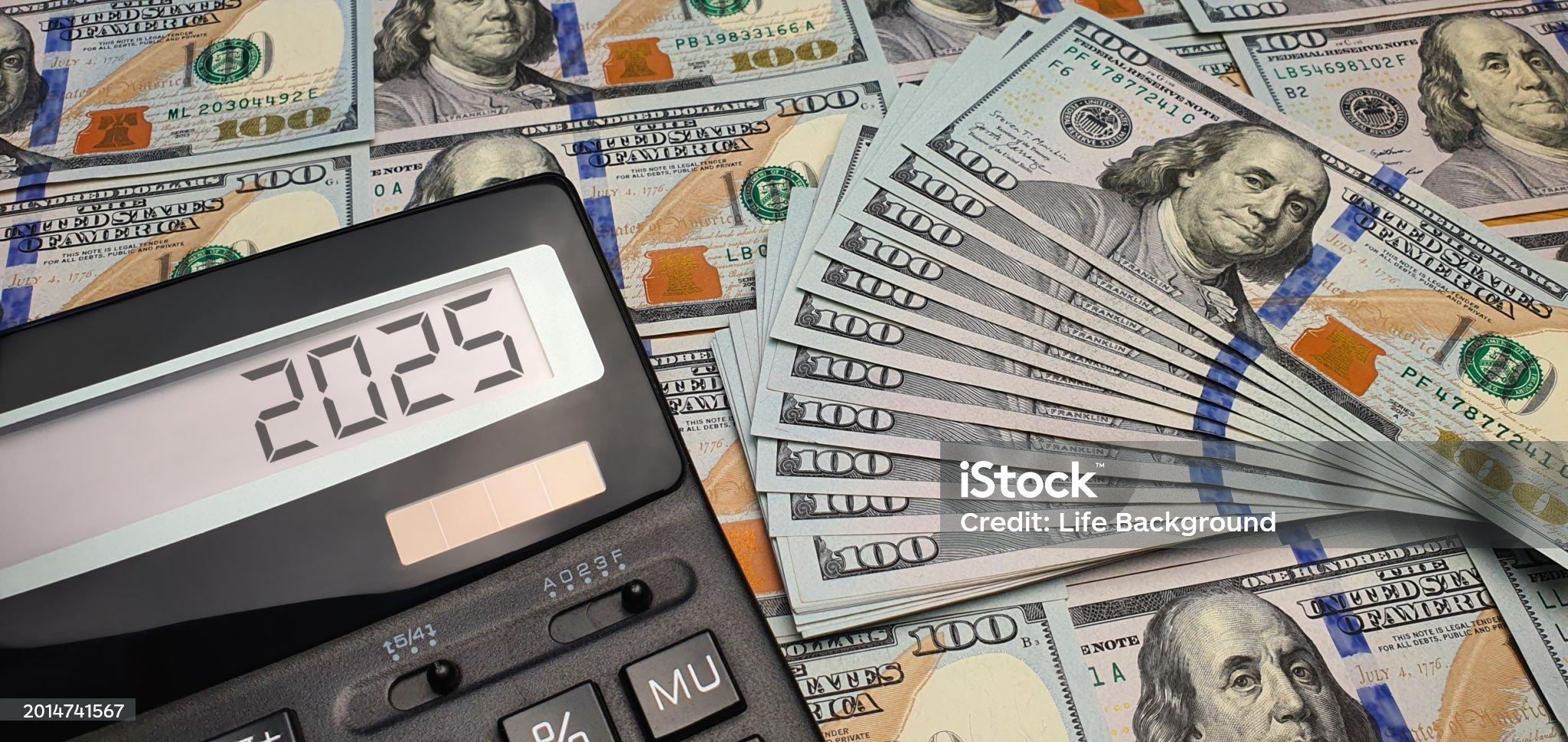
Big Beautiful Bill Breakdown: 7 Ways to Keep More of Your Money
Good Morning,
The Big Beautiful Bill (BBB) just rewrote big parts of the tax code — and if you know what to look for, it can help you lower your tax bill, boost retirement savings, and grow more tax-free income.
Here are 7 powerful, IRS-approved strategies you can start now — with phaseouts and income limits included so you know exactly where you stand
1. Keep Social Security 100% Tax-Free (Under $100K)
What changed:
Social Security is no longer federally taxed if your income is below these thresholds:
- Single: Up to $60,000
- Married filing jointly: Up to $100,000
Action Steps:
- Keep traditional IRA withdrawals low to stay under the threshold
- Delay large withdrawals until next year
- Use Roth or taxable brokerage assets to supplement income
Example: A couple receiving $40,000 in Social Security and withdrawing $59,000 from an IRA saves $4,300/year in taxes under the new rule.
2. Take Advantage of Tax-Free Overtime & Bonus Pay
What changed:
Up to $12,000/year of overtime, shift bonuses, and hazard pay is federally tax-free for workers in critical sectors like:
- Energy/oilfield
- Healthcare
- Agriculture
- Construction
- Transportation/logistics
Phaseouts:
- Single: Begins at $100,000, phased out by $180,000
- Married: Begins at $150,000, phased out by $240,000
Action Steps:
- Accelerate or defer overtime based on where you fall in the phaseout range
- Redirect tax-free income into Roth IRAs or high-yield savings
- Track total income to maximize eligibility
Example: An oilfield worker earning $88K base + $14K in OT only pays tax on $90K — saving $2,640 at the 22% bracket.
3. Use the Extended RMD Age (Now 75) for Roth Conversions
What changed:
Required Minimum Distributions (RMDs) now start at age 75 (up from 73). That gives retirees more years to convert pre-tax assets to Roth accounts at lower brackets.
RMDs by Birth Year:
- 1950 or before: 72
- 1951–1959: 73
- 1960 or Later: 75
Action Steps:
- Begin annual Roth conversions between 65–74
- Stay below the 22% bracket:
- Up to $117,150 taxable income (joint)
- Up to $58,575 taxable income (single)
- Use tax-free Social Security years to your advantage
Example: A 68-year-old couple converts $35,000/year to Roth over 7 years, avoiding future RMD taxes and reducing taxable estate.
4. Max Out Roth 401(k) Catch-Up Contributions
What changed:
Ages 60–63 can now contribute an extra $10,000/year to their 401(k) as a catch-up. If your income is above the following limits, it must go into Roth:
Income Phaseouts:
- Single: Roth-only if income is above $145,000
- Married: Roth-only if income is above $290,000
Action Steps:
- Adjust your deferrals to capture the full catch-up
- Use after-tax savings to backfill income
- Favor Roth 401(k) contributions for future tax-free income
Example: Married couple earning $275K contributes $66,000 total — all growing tax-free in Roth 401(k)s.
5. Use Qualified Charitable Distributions (QCDs) at Age 70½
What changed:
Even though RMDs now begin at 75, you can still do QCDs starting at age 70½, up to $100,000/year, tax-free. Being charitably inclined just got even better.
Income Consideration:
- QCDs reduce your adjusted gross income, helping keep you under the $100K SS taxation threshold.
Action Steps:
- Direct IRA distributions to qualified charities
- Use QCDs to reduce future RMDs
- Replace Roth conversions in high-income years
Example: A 72-year-old donor gives $20,000 from an IRA — lowering taxable income and keeping their SS tax-free.
6. Superfund 529 Plans with Higher Gift Limits
What changed:
The annual gift tax exclusion is now indexed quarterly, allowing larger contributions.
Action Steps:
- Use the 5-year gift election to contribute up to $90,000/child ($180K as a couple)
- Transfer taxable assets into tax-free education savings
- Use appreciated stock for funding (for double tax benefit)
Example: A couple contributes $180K to a 529 plan for two grandchildren, removing that amount from their estate and locking in tax-free growth.
7. Max Out HSA Contributions and Invest for Tax-Free LTC
What changed:
- Contribution limit (2025): $4,150 (self), $8,300 (family)
- Expanded HSA eligibility for early retirees
- More LTC expenses now qualify for tax-free reimbursement
Action Steps:
- Contribute the maximum each year
- Invest your HSA funds — don’t spend them
- Use later in life for Medicare premiums or LTC insurance
Example: Over 10 years, a fully funded HSA could grow to $130,000+, completely tax-free if used for qualified healthcare expenses.
Are you ready to put these rules to work? Do you know someone who could benefit from proactive tax planning?
There are thousands of dollars in tax savings hidden in the BBB — but you must know how to unlock them. Let’s build a plan around your income, age, and goals.
We’ll map out what to do this year and next — so you keep more, give more, and grow more.
Ready to schedule some time for a review? Tired of sending too much of your hard-earned money to Uncle Sam? Schedule some time with one of our Advisors to see how we can help.
Find An Advisor and Schedule an Initial Call

